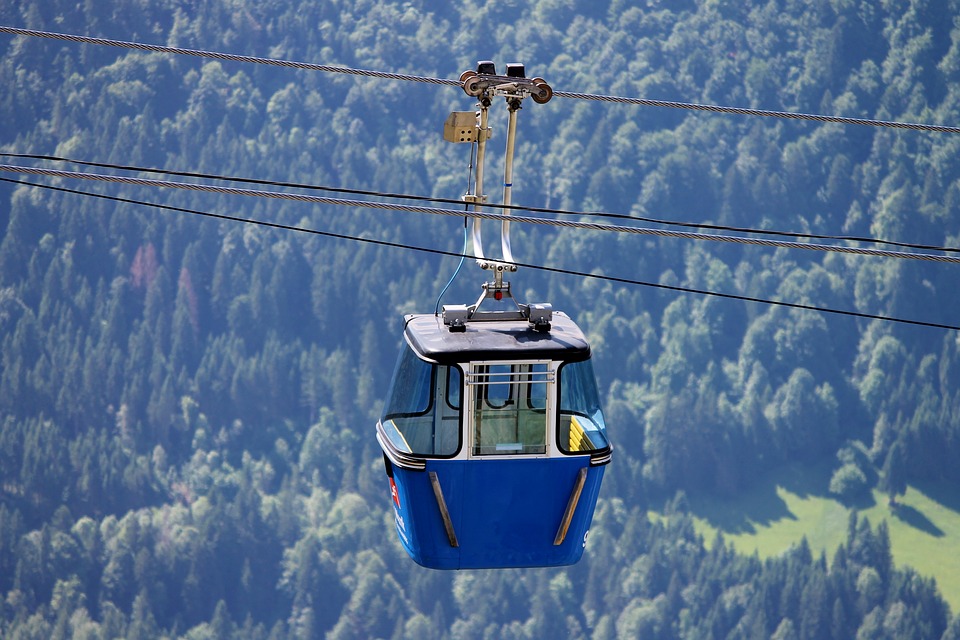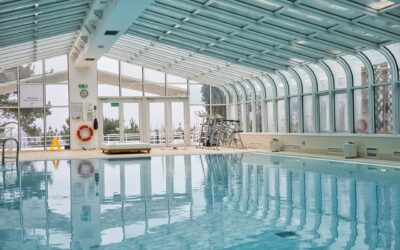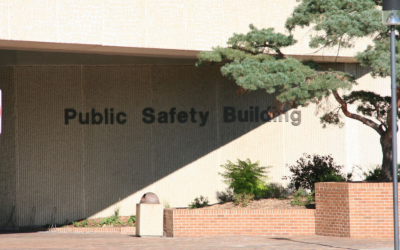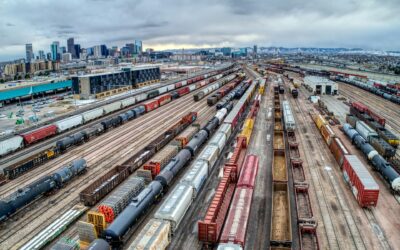Look! Up in the sky… It’s a bird! It’s a plane! It’s – a gondola???
Facing the dilemma of monstrous traffic congestion and horrific cost projections for expansion and maintenance of roadways, some municipal officials are looking to the skies for relief. City leaders throughout the U.S. are giving serious consideration to the possibility of making gondolas a part of their public transportation infrastructure systems.
At first glance, one would think this method of transportation must be incredibly expensive. But that is not true. Costs for land, site prep and engineering required to install towers and ropeway cables for a gondola or tram are only a fraction of the cost of building new roads or highways.
A feasibility study for construction of a gondola that would cross the Potomac River and connect Georgetown in Washington, D.C., to the city of Rosslyn, Virginia, projected the cost at somewhere between $80 million and $100 million. Compare that to the estimated cost for a Metro rail station – which would be between $240 million and $263 million. That’s a major reason that gondolas are attractive alternatives for moving people. A new metro rail or a gondola would be able to transport about 6,500 riders a day but there is a huge cost differentiation.
One of the oldest successful trams in this country is Portland’s Aerial Tram. Operational since 2006, the tram carries 10,000 riders each weekday between the city’s South Waterfront district and the main campus for the Oregon Health & Science University. The tram was constructed because there was a lack of access to the growing medical area except by a narrow, winding, two-lane road. Construction of the tram as well as development of other amenities such as streets, parks and affordable housing were all part of a public-private partnership led by the Portland Development Commission more than 15 years ago.
Officials say that the initial investment of $125 million has leveraged more than $1 billion in private investment. That, of course, benefits the city as well as the region. The local economy was boosted by new jobs, science and technology advancements, tourism, citizen satisfaction and improvement in the area’s educational institution.

Automobiles are creating huge problems for cities, especially the cities that have experienced significant growth. Roadway infrastructure is simply not adequate and funding to address new roadways is not available.
Earlier this year, the Los Angeles County Metropolitan Transportation Authority received an unsolicited proposal from a private firm to build a $125 million gondola that would transport 5,000 fans per hour to and from Dodger Stadium, where traffic is a nightmare at every Dodgers home game. The private firm offered to build the gondola free if it could take advantage of the technical knowledge of the transportation agency’s engineers and their expertise in public outreach to ensure the success of the program. The private-sector firm also wanted assistance in maneuvering the project successfully through the necessary federal environmental review processes. The private-sector partner, if successful, would have a great reference account, which is extremely valuable for speedy expansion of similar projects in other cities.
A year ago, a private -sector firm pitched a proposal to the city of Houston for gondolas to improve traffic in the Montrose area. The proposal was for a multi-speed system with stations every quarter mile. The goal was to remove as much vehicle traffic as possible, resulting in more public spaces in this densely populated urban area. Nothing has happened but most believe that the possibility of such a project still exists.
More than a dozen other cities are also considering gondola systems. San Diego is considering using several gondola lines as a last-mile transit solution to areas such as Balboa Park, Pacific Beach and San Diego International Airport. Estimated cost of the proposed Balboa Park line, which would likely serve more than 1 million riders per year, is $75 million.
In Boston, a one-mile gondola system between South Station and the Seaport District is the topic of conversation between public officials and private-sector developers. City leaders say such a system would have the capacity to transport as many passengers per hour as 40 city buses. It would also reduce traffic volume and eliminate carbon emissions.
Gondolas and trams cannot move as many passengers at one time as other forms of mass transit such as buses, trolleys, trains and subways. And, not everyone wants to ride in a gondola, but the transportation option is safe, efficient and definitely less expensive. Financing such a project is also easier and there are many private-sector firms that would be very interested in collaborating with a major city through a public-private partnership.
Watch – and wait for it – a gondola ride for most people is almost a certainty in the not-too-distant future.
Strategic Partnerships, Inc. is one of the leading procurement consulting firms in the U.S. Contact them today to learn how to increase your public sector sales.






